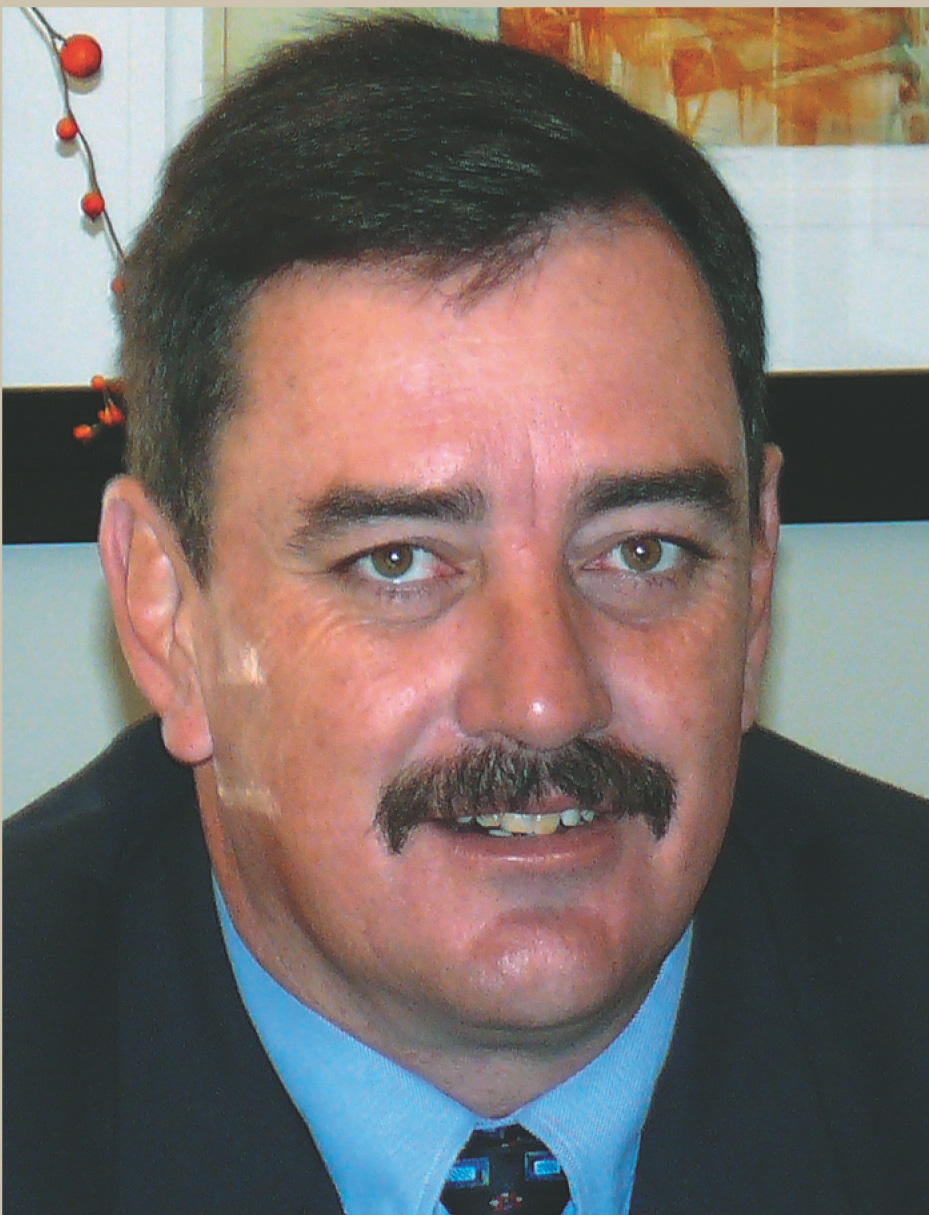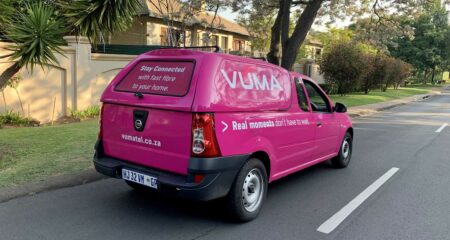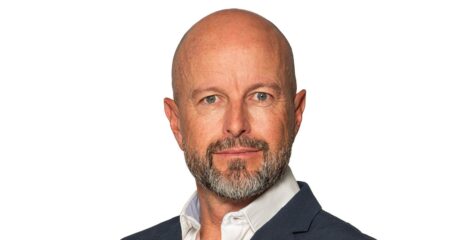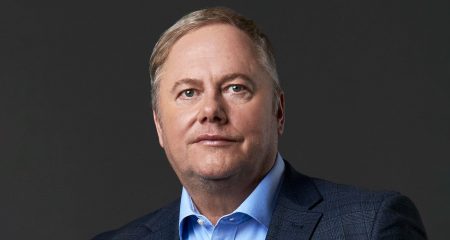
If SA consumers are ever to enjoy high-speed Internet access delivered over fibre-optic cables into their homes, government will need to assist the telecommunications industry to build the infrastructure and Internet service providers will have to do a better job of educating customers about the potential of super-fast broadband connections.
That’s the view of Gustav Smit, CEO of Dark Fibre Africa, which has spent R3,3bn in the past four years building fibre networks in metropolitan areas and connecting subsea fibre landing stations on the east and west coasts of SA.
However, if communities are keen to get access to high-speed fibre networks in their neighbourhoods in areas where fibre backhaul infrastructure already exists, Smit says they should group together and lobby for it. Dark Fibre Africa already has infrastructure in many of SA’s suburbs, passing thousands of homes and businesses.
Smit says there are now sufficient subsea cables serving SA — “at least enough to stimulate competition” — and intercity links are available from a range of operators. The last mile into businesses and homes has become the big barrier that needs to be tackled. This needs to be done through a combination of long-term evolution (LTE) wireless technology and fibre.
Local-loop unbundling, where Telkom’s rivals are given access to its copper-cable network, will not be sufficient to cope with future broadband demand, Smit says. Copper infrastructure will never be capable of the sort of throughput available on fibre systems. But the economics of building fibre to the home, especially in a market where a minority of consumers understand the real benefits of it, remain difficult to overcome.
Smit says Dark Fibre Africa has no intention of playing in the end-user access market because its business is predicated on selling unlit fibre to Internet service providers. Most of this capacity is backhaul, linking towns and cities and providing links in urban areas on which third parties can lease access. The company has built 5 000km of fibre since October 2007 and is adding up to 250km of infrastructure a month.
In parts of Europe, where fibre to the home is becoming commonplace, this has happened because governments or communities (or both) have backed the projects and the same thing needs to happen in SA, Smit says.
In countries where it’s worked, it’s been successful because a cable TV provider is behind it — Internet access becomes just one of the services provided over fibre. In SA, pay-TV is delivered mainly through satellites.
“If it’s only for Internet access — and most people in SA think the Internet is just an easy way to get into your bank account — then they don’t want to pay too much,” Smit says. “Also, Internet service providers still target the top 100 customers in SA because those are the ones that can easily afford it and they are not selling the real benefits of broadband to end users. We really need to tell people what they can get out of broadband.”
Smit says communities themselves need to become more active in getting service providers to offer fibre access in their neighbourhoods. He says that if an entire community approaches a service provider they’re much more likely to get noticed because of the economies of scale involved.
“In Europe, there are quite a few examples of do-it-yourself fibre projects, where people dig their own trenches in their gardens to the street. It won’t cost a lot and we can make the ducts available in places like Makro,” he says. “Once it’s at your house, we just have to blow through the fibre and the Internet service providers will put their equipment there. If everyone on a particular street is involved, it’s much cheaper.”
In metropolitan areas, at least in those neighbourhoods where it has already laid infrastructure, Dark Fibre Africa has a manhole at least every 300m providing access to its fibre infrastructure. Interested consumers, however, would still need to find an Internet service provider willing to provide the necessary equipment and fibre-based Internet packages. And communities would presumably need town council permission to dig along pavements.
“If you want to break out in front of any house, you can open the trench and access one of our smaller, 7mm ducts,” Smit says. “We can break out anywhere. It gets spliced in the ducts.”
Dark Fibre Africa’s network now extends across the country, with links between Gauteng and the Seacom cable landing station and Mtunzini and between Yzerfontein and Melkbosstrand, where the West African Cable System and Sat-3 subsea cables land, and Cape Town.
It also covers large areas across Gauteng, from Krugersdorp in the west, to Springs in the east, and Vereeniging in the south. The network also runs from Midrand to the north of Pretoria and covers large parts of Durban, the East Rand and towns in the Western Cape, including Paarl and Stellenbosch.
The company is also extending its network to Polokwane, Rustenburg, Potchefstroom, Klerksdorp, George, Mossel Bay, Knysna, East London, eMalahleni (Witbank), Ermelo and Vryheid and has commitments from shareholders — the largest of which is Remgro, with 49% of the equity — for R1,3bn in new infrastructure spending in 2012.
Within the next three years, the company plans to have more than 12 500km of fibre under management across the country. “This will cover most of the important towns in SA, unless someone starts building to smaller towns, in which case we will not duplicate that.” — Duncan McLeod, TechCentral
- Subscribe to our free daily newsletter
- Follow us on Twitter or on Google+ or on Facebook
- Visit our sister website, SportsCentral (still in beta)




